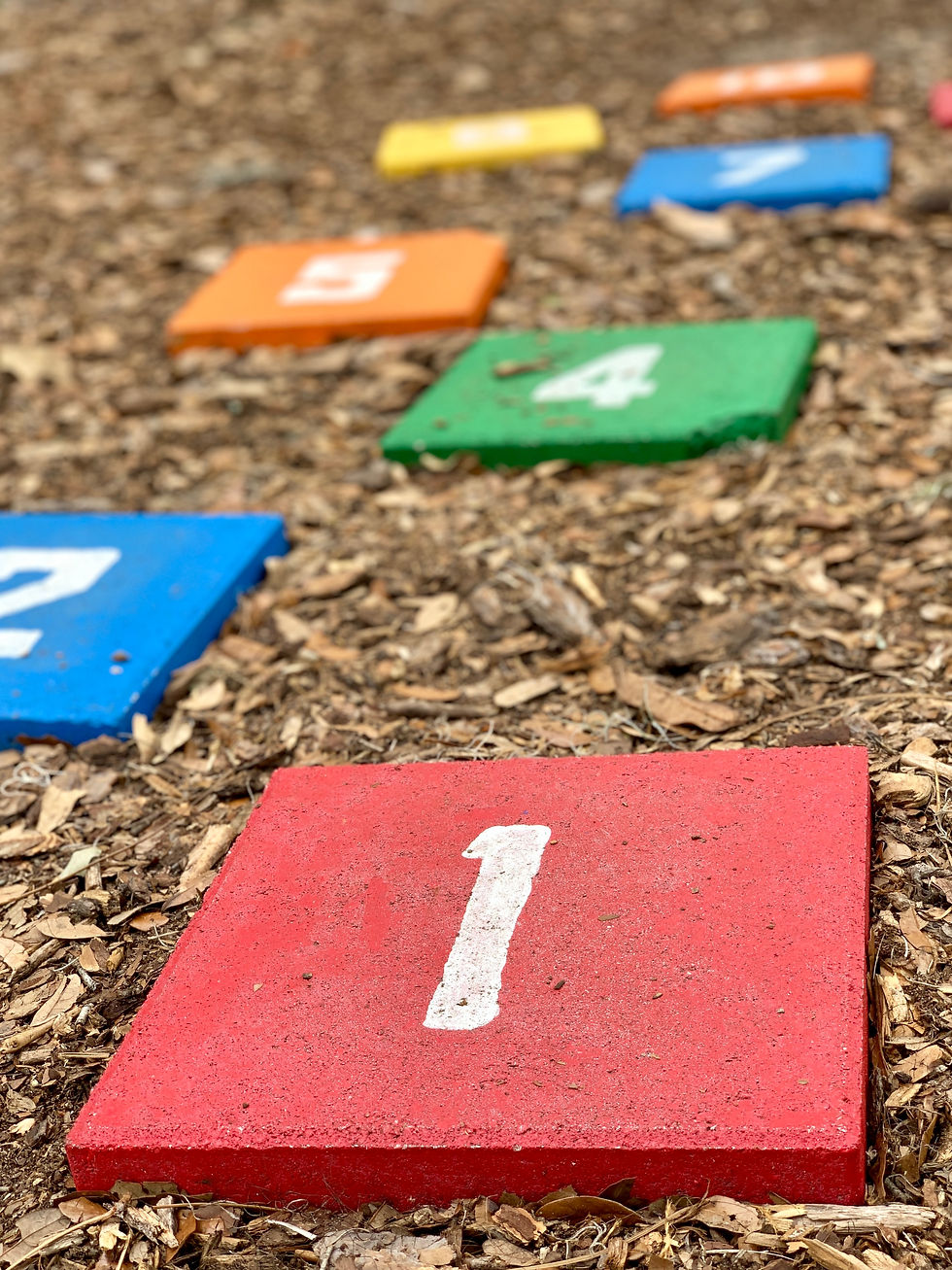Importance of STEM, STEAM, STREAM, and STEMI about Facilitating Creativity
- Jasmeen Kaur
- Apr 22
- 3 min read

Educational curricula that include STEM, STEAM, STREAM and STEMIE achieve essential functions for boosting creative development in young children. Educational frameworks such as these help students explore while asking questions and solving problems because creativity needs these methods (Knaus & Roberts, 2017). Different academic fields integrated by teachers generate improved educational spaces which promote curiosity and imagination in children. Students who pursue these curricula develop in a well-rounded manner since they learn to understand how science relates to artistic production and social matters. Using this combined instructional approach fosters creative thinking in children who learn to handle obstacles through varied approaches (Lange, Brenneman, & Mano, 2019).
Creativity Theories and Perspectives in Early Childhood Education
A number of creativity theories shape the execution of combined curricula in early childhood settings. According to the Consilience Theory, creativity appears when different spheres of knowledge combine their forces (Howard & Mayesky, 2022). Vygotsky’s Social Development Theory illustrates that creative development strongly relies on both interpersonal communication and environmental cultural factors. The key component of play-based learning allows children to freely investigate ideas, according to Littledyke (2014). The theoretical structure demonstrates creativity exists through both individual expression and social influences alongside contextual elements, which requires educational facilitation of group activities and adventurous teaching practices for effective creative support of young learners (Stonehouse, 2012).
Resources, Materials, and Digital Technologies
Early childhood educators should use different resources and materials when they work to engage students in the curriculum areas of STEM, STEAM, STREAM and STEMIE. Hands-on manipulative tools include building blocks, science kits and art supplies because they let children explore new creativity opportunities. Digital tools extend student engagement by using tablets with educational programmes and interactive flat panels which deliver multiple learning methods (ACARA, 2021). Virtual reality tools enable children to study complex ideas while engaging with subjects in immersive environments that keep learning enjoyable and dynamic. An environment containing diverse resources stimulates children to produce creative thoughts while enabling them to present their concepts using different creative tools.
Learning Experiences for Different Age Groups
0-2 Years – Sensory Exploration Activity
Use materials made of safe textured items, which should consist of sand as well as soft fabrics as well as water play opportunities. Children are able to naturally investigate these materials while their sensory experiences trigger their curiosity.
2-3 Year Nature Scavenger Hunt
Children should take part in a basic scavenger hunt to collect natural materials, including leaves, sticks and stones. Participating in this nature hunt helps children develop observation ability while allowing them to use creativity and learn storytelling by discussing their discoveries.
3-5 Years – Building and Designing Structures
With blocks and recycled materials, children have the opportunity to design their own designs of buildings and landscapes that are based on their imagination. Children reach planning excellence through teamwork and creative expression as they allow spontaneous ideas to emerge from this open-ended endeavour.
6-8 Year - Collaborative STEAM Project
A team project should be established to let students construct simple machines or artworks using regular household items. The project stimulates innovative thinking while uniting knowledge acquisition between science, technology, engineering, arts, and mathematics.
Original Creative Learning Opportunities
0-2 Years (Tactile Treasure Baskets)-
A texture-filled basket which contains feathers and sponges along with wooden blocks should be created. Inform children to handle these items freely so their senses can activate, and creative thinking develops through touch interaction.
2-3 Years (Rainbow Collage Creation) -
The exploration area should combine a mixture of materials, including coloured paper pieces, fabric fragments and natural materials like leaf specimens. Through collage building, children learn creative skills through their selection of colours and composition and master their fine motor skills.
3-5 Years (Sound Creation Station) -
Create a sound creative space by using normal household items, including pots and pans and spoons, to allow children to develop their musical talent. Creative thinking emerges through performing sound experiments with rhythm and sound to learn musical expression.
Critical Reflection and Evaluation
Through analysing my attributes, I understand that my interest in inquiry learning and my familiarity with multiple art forms is an aid to increase my effectiveness as an early education teacher. The way I welcome ambiguity together with risk-taking in creative processes helps me build an environment that supports and stimulates young learners (Lange et al., 2019). To allow creativity in integrated curricula, teachers must understand different content areas and respect that each child expresses creativity in unique ways. My objective focuses on promoting child-active learning along with collaborative experiences through methods that develop curiosity and innovative approaches for every part of the curriculum. The comprehensive teaching strategy gives students both the creative thinking abilities and the readiness to handle the complex challenges found in modern society. My practice improvement depends on continuous reflections about teaching methods as well as child-centred adjustments, which result in teaching environments that support creativity for all students.



Comments